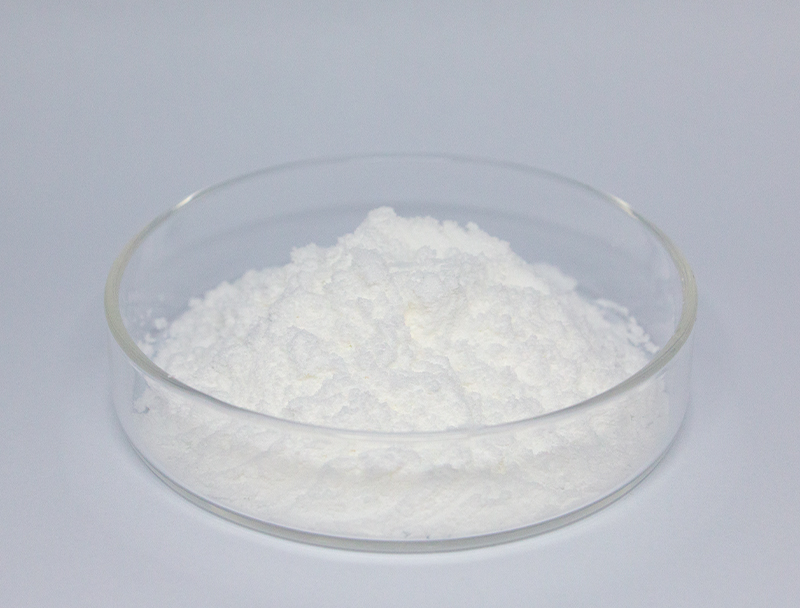
Biomanufacturing relies heavily on a plentiful suite of substrates to produce innovative bio-based products.
Guaranteeing continuous ethical sourcing of resources remains essential to industry resilience and responsible expansion.
a range of complications linked to historic procurement practices such as soil erosion and unchecked resource extraction. Therefore, producers should prioritize ethical sourcing models to curtail ecological damage.
- Representations of ethical supply approaches are:
- Utilizing renewable feedstocks derived from agricultural byproducts
- Implementing closed-loop systems to minimize waste and maximize resource efficiency
- Building relationships with nearby vendors dedicated to moral sourcing
Such a move to ethical procurement delivers ecological gains and commercial returns over time.
Enhancing Biomass Composition for Superior Biofuel Results
Improving fuel production performance hinges on the attributes of biomass inputs. Experts maintain efforts to discover ways to maximize feedstock value, achieving increased output and long-term energy sustainability. This involves genetic modifications to increase biomass production, as well as pretreatment techniques that break down complex plant materials into more readily fermentable sugars.
- Furthermore, teams search for alternative biomass sources including algal strains, industrial wastes, and crop leftovers to broaden sustainable feedstock options for fuels.
- Owing to ongoing work the biofuel domain is primed to reach substantial milestones advancing renewable energy adoption.
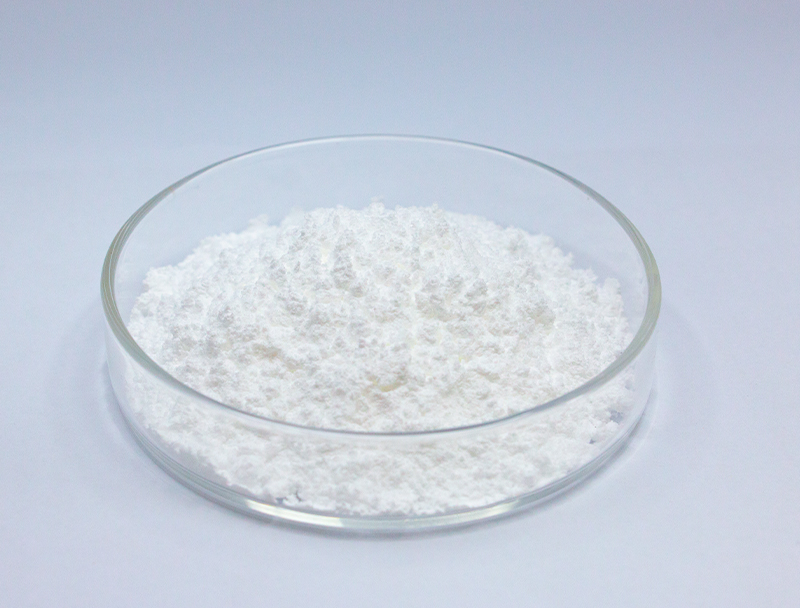
Optimizing Early-Stage Biomanufacturing Processes
covers the early phases of biopharma production including culturing and biological harvesting Contemporary breakthroughs have refined protocols and elevated product throughput.
Crucial progress includes proprietary cell systems, optimized growth media, and adaptive bioreactor architectures. These refinements escalate production and lower expenses and environmental strain.
- Concurrently, continuous manufacturing approaches bring amplified flexibility and more consistent upstream outcomes.
- Embracing sophisticated manufacturing strategies is poised to change industry norms and shorten development cycles.
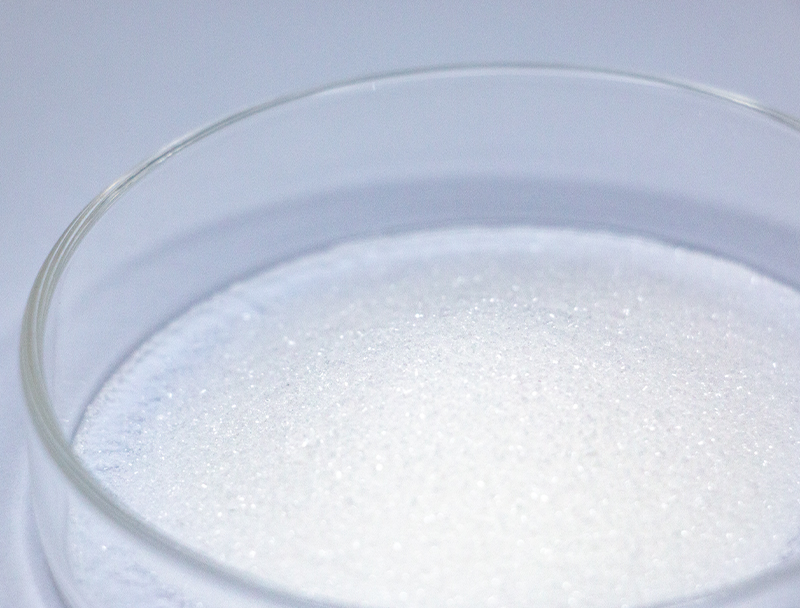
Molecular Editing Strategies to Increase Bioproduct Output
improvements in molecular editing platforms like CRISPR have updated therapeutic production processes. With exact genomic alterations, researchers improve host productivity for therapeutic manufacture. This capability can unlock development of cost-efficient, high-performance biologics for many conditions.
Applying Microbial Tools to Improve Environmental Remediation
innovative solutions for sustainable bioremediation, a critical process for addressing environmental pollution. Specialized microbes can enzymatically degrade pollutants to reduced-toxicity products.. Employing microbial processes facilitates remediation approaches that preserve ecosystem integrity while reducing pollution.. Researchers screen diverse microbial taxa for metabolic pathways suited to remove heavy metals, pesticide residues, and hydrocarbon contamination.. Organisms may be utilized in controlled reactors or in place to accelerate contaminant decomposition through biodegradation..
Biotechnology-driven remediation delivers notable upsides compared to conventional cleanup tactics. Microbe-driven cleanup typically costs less and generates fewer dangerous byproducts. Similarly, microbe-based remediation affords specificity that avoids extensive ecosystem disturbance. Work in this area evolves rapidly to optimize the success rates and scalability of bioremediation solutions.
Computational Biology in Drug Discovery
Bioinformatic tools play an increasingly crucial role in the modern landscape of drug discovery and development. From target discovery through candidate optimization, bioinformatics facilitates streamlined, hypothesis-guided workflows.
- By analyzing vast datasets of genomic, proteomic, and clinical data, bioinformaticians can uncover novel drug targets and predict the activity of potential therapeutics.
- Additionally, simulation tools enable prediction of binding and activity, guiding creation of more potent drugs.
- In conclusion, computational biology reshapes discovery pipelines and speeds delivery of reliable treatments for patients.
Optimizing Metabolism to Increase Bioproduct Production
adopts varied approaches to raise biosynthetic yields of beneficial compounds. Techniques span CRISPR-mediated edits to reshape pathways, synthetic control elements to fine-tune expression, and gene imports to grant new biosynthetic abilities.. Via targeted metabolic optimization researchers can meaningfully escalate production of desired biochemicals.
This comprehensive strategy could transform numerous sectors such as pharmaceuticals, farming, and renewable energy.
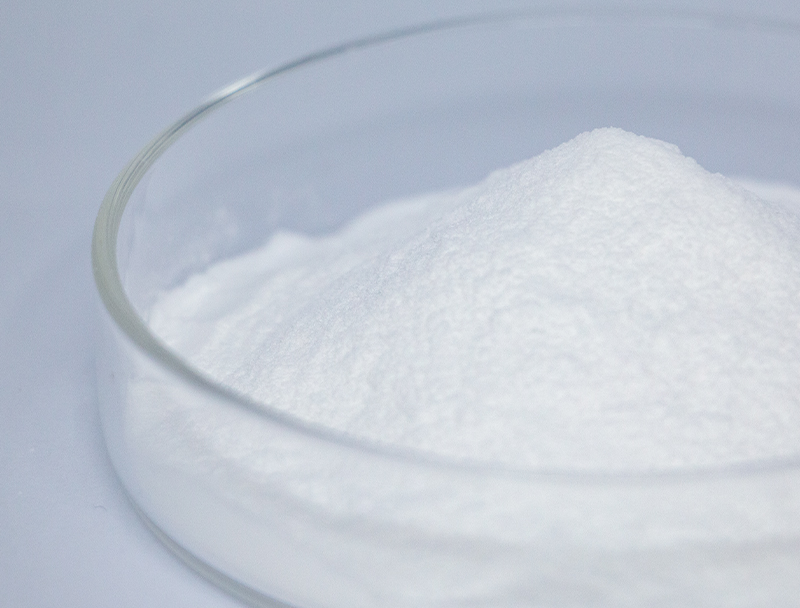
Scaling Biopharma Production: Hurdles and Advantages
Moving from bench to commercial scale creates complex challenges and valuable opportunities. A primary obstacle is ensuring uniform quality control as volumes rise. Addressing it demands strong process governance, accurate real-time analytics, and advanced measurement systems.

Complexity in multi-step biomanufacturing operations presents ongoing operational challenges.. Translating lab methods into scalable operations needs heavy research and technology breakthroughs.. Even so, the payoff can be large. Achieved scale can widen availability of treatments, lower manufacturing costs, and boost financial returns.
Several projects are designed to mitigate these scaling barriers. Examples include novel optimization technologies, predictive analytics for real-time control, and inventive production models.
- Ongoing innovation drives improvements in industrial production capability.
- Regulatory frameworks are being optimized to accommodate novel production technologies and promote innovation.
Exploring Approval Frameworks for Biopharmaceutical Safety and Effectiveness
Developing biologic treatments requires exacting oversight to ensure consistent safety and efficacy. Therapies derived from biological organisms carry special considerations not typical of conventional pharmaceuticals.
Agencies like FDA and EMA develop frameworks and criteria for validating and approving cutting-edge biotherapies..
Meticulous validation protocols are enforced from preclinical validation to long-term post-market evaluation.. These controls function to identify dangers and ensure biopharmaceuticals achieve premier safety standards..
Likewise, authorities progressively modify regulatory tactics to follow the speed of innovation in biopharma.. Actions include accepting new technologies and streamlining development channels while safeguarding patient health.
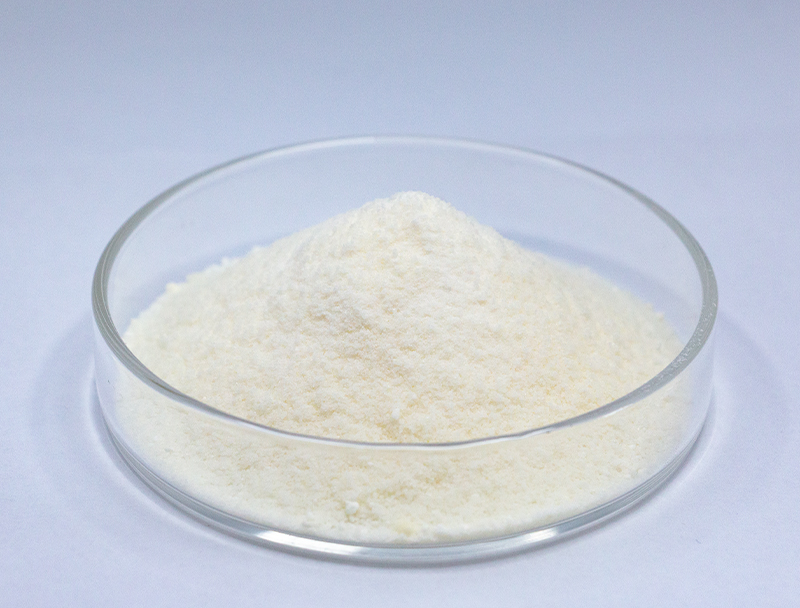
Plant-Origin Feedstocks in the Production of Bioplastics
A stronger push for environmentally responsible materials is driving research into renewable options. Plant-derived biomass as input for bioplastics represents a practical route toward greener materials. Plant-based biomass resources such as cornstarch, cellulose, sugarcane can be processed into biodegradable plastics that degrade naturally, minimizing the environmental impact of conventional plastics.
Similarly, selected bioplastics offer analogous properties to traditional plastics suitable for many applications.. Persistent innovation will be key to advancing plant biomass into mainstream bioplastic manufacturing for a circular future.
Biotech Innovations Addressing Health and Food Challenges
Biotech innovations hold promise to dramatically impact health and the reliability of food systems. Through CRISPR, synthetic circuit design, and cell therapy progress, developers generate methods to counter infectious agents, optimize crops, and elevate nutritional profiles.. Illustratively, crops altered for pest resistance and stress endurance support increased harvests and diminished pesticide usage.. Likewise, biotechnology enables new vaccines, novel therapeutics, and improved 4-Aminobutyric acid diagnostics essential to global disease mitigation and better health.. As research progresses, biotechnology holds immense promise for creating a healthier and more sustainable future for all.
